In January 2024, NASA announced a remarkable discovery: a planet named TOI-715 b, orbiting a star just 137 light-years from Earth.
What makes this world so compelling is its location—right within its star’s habitable zone, where conditions may allow liquid water to exist.
This find has reignited excitement among astronomers, as TOI-715 b could be a promising candidate in the ongoing search for extraterrestrial life.
The discovery invites us to imagine the possibilities of life on distant worlds, and it marks a significant milestone in humanity’s quest to answer the age-old question: Are we alone?
1. The Discovery of TOI-715 b
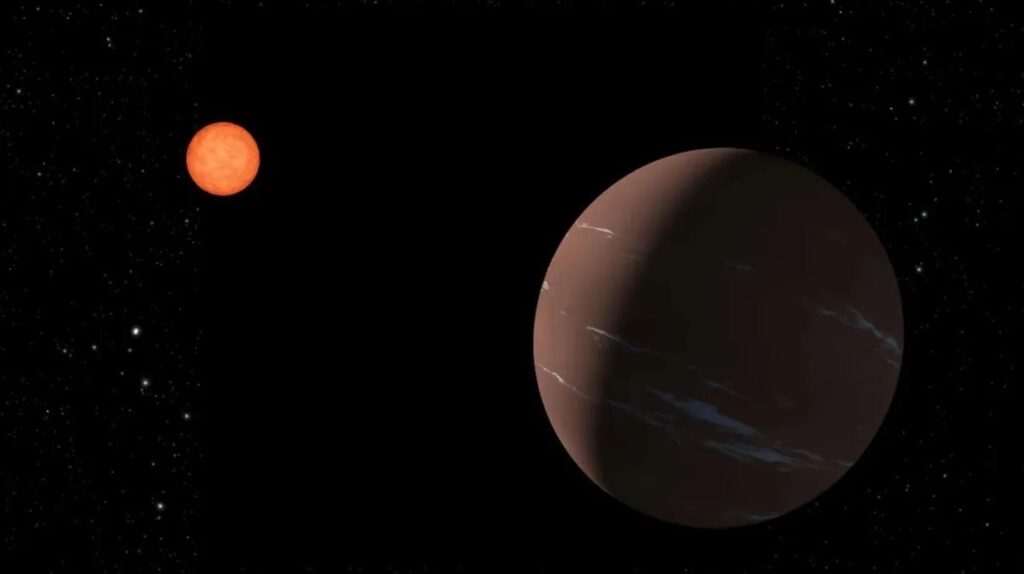 The TESS telescope orbits above Earth, gazing into space as a colorful exoplanet illustration shines in the distance. | Photo by astroblogs.nlKeep WatchingLet the music play: Romania begins historic classical music tribute to composer George EnescuKeep WatchingLet the music play: Romania begins historic classical music tribute to composer George Enescu00:00/02:01
The TESS telescope orbits above Earth, gazing into space as a colorful exoplanet illustration shines in the distance. | Photo by astroblogs.nlKeep WatchingLet the music play: Romania begins historic classical music tribute to composer George EnescuKeep WatchingLet the music play: Romania begins historic classical music tribute to composer George Enescu00:00/02:01
TOI-715 b was brought to light by TESS (Transiting Exoplanet Survey Satellite), NASA’s planet-hunting mission dedicated to scanning the cosmos for worlds beyond our solar system.
In early 2024, TESS captured subtle dips in the brightness of a distant red dwarf star, signaling the passage of this intriguing super-Earth.
The discovery, highlighted in NASA’s announcement, underscores the mission’s vital contribution to exoplanet research and renews hope for finding potentially habitable planets.
2. What Makes a Super-Earth?
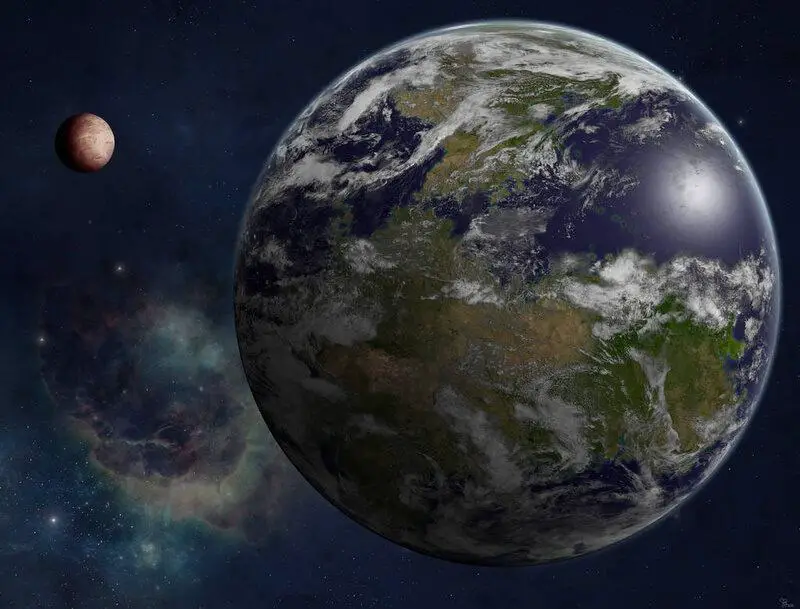
A super-Earth is a type of exoplanet larger than our own planet but smaller than Neptune, typically ranging in mass from about two to ten times that of Earth.
TOI-715 b fits squarely into this category, boasting more heft than Earth yet lacking the gas giant qualities of Neptune.
These planets are particularly exciting because their size may support rocky surfaces and atmospheres—key ingredients for potential habitability (Source).
3. The Star: TOI-715
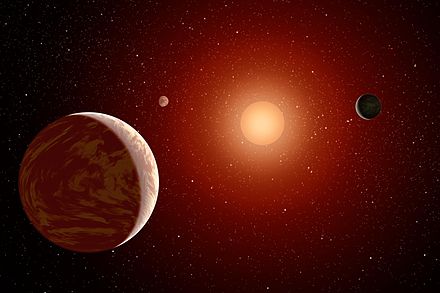
TOI-715, the host star of this intriguing planet, is a red dwarf—smaller and cooler than our Sun.
These stars emit less energy, which means their habitable zones are located much closer in.
As a result, TOI-715 b orbits snugly within this life-friendly region (Source).
Red dwarfs like TOI-715 are common in our galaxy, making them prime targets in the search for habitable worlds.
4. The Conservative Habitable Zone
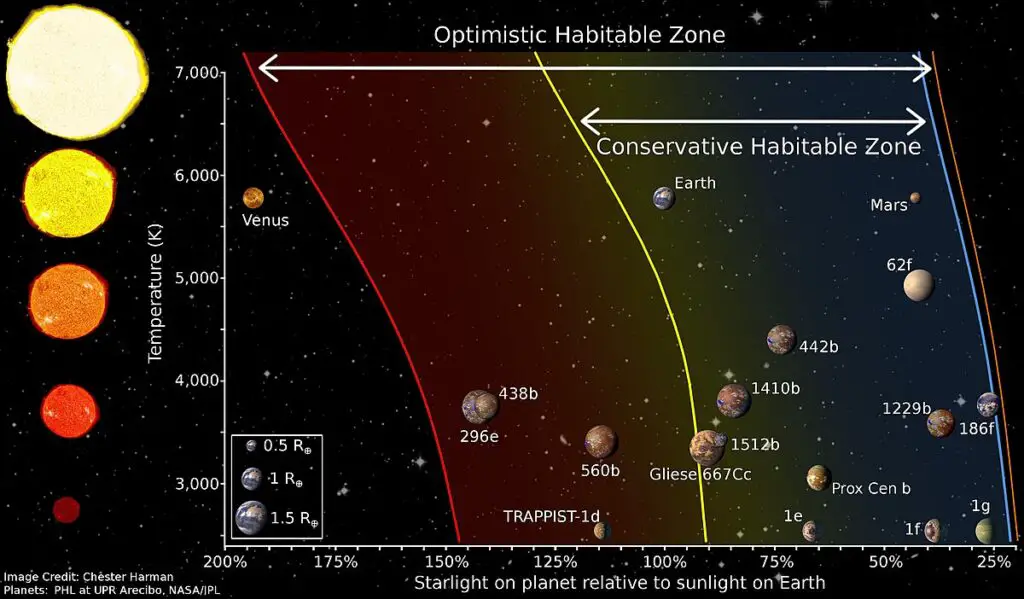
The conservative habitable zone refers to the region around a star where conditions are just right for liquid water to persist on a planet’s surface (Source).
TOI-715 b’s orbit lies squarely within this prime area, boosting optimism about its potential to support life.
This placement increases the chance that water—considered essential for life as we know it—could be stable and abundant, making TOI-715 b an especially exciting discovery.
5. Potential for Liquid Water

For liquid water to exist, a planet must have the right temperature range and atmospheric pressure.
TOI-715 b’s position within the conservative habitable zone means it receives just enough warmth from its star—neither too much nor too little.
Similar to the celebrated exoplanet Kepler-186f, this increases the odds for water to remain on the surface (Source).
If TOI-715 b also has a suitable atmosphere, the potential for life becomes even more intriguing.
6. Size and Mass Advantages
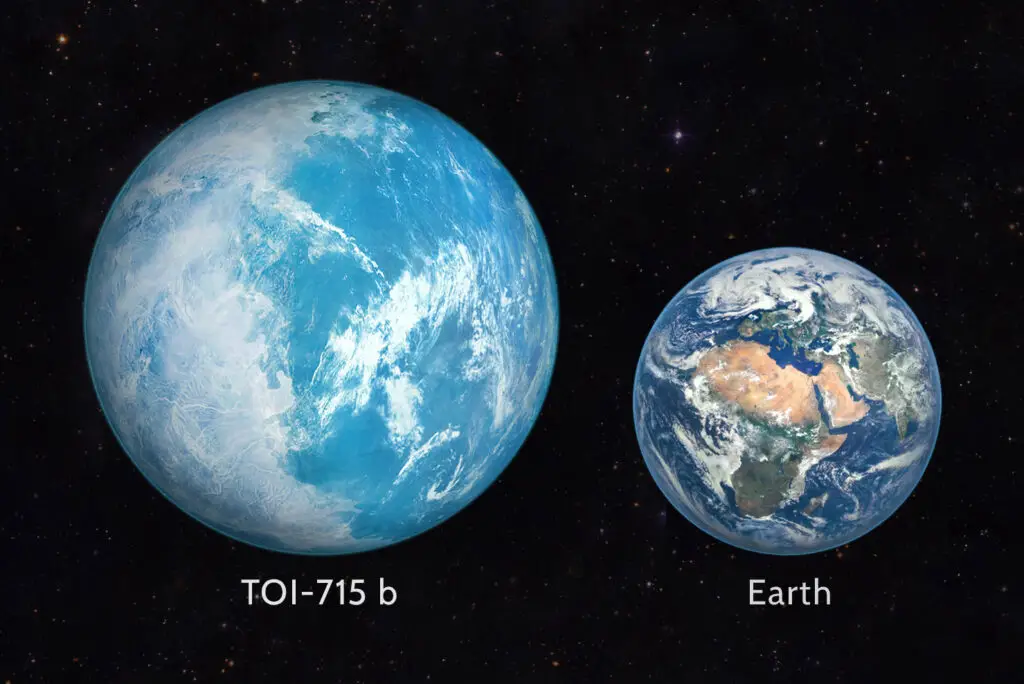
TOI-715 b’s greater size and mass offer distinct advantages in the quest for habitability.
A more massive planet is likely to have a stronger gravitational pull, helping it retain a thick atmosphere and potentially hold onto water for longer periods (Source).
This robust atmosphere could shield the surface from harmful radiation and support more stable, life-friendly conditions than those found on smaller worlds.
7. The Planet’s Year: Orbital Period
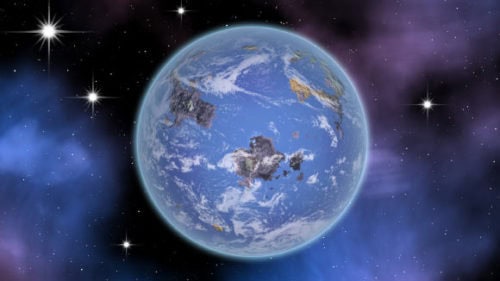
TOI-715 b completes a full orbit around its star in just 19 days, a brisk pace compared to Earth’s year (Source).
This short orbital period is typical for planets in the habitable zones of red dwarfs, where close proximity provides enough warmth.
Such rapid “years” create unique environments, influencing everything from climate patterns to possible seasons.
8. Possible Atmosphere Composition

Super-Earths like TOI-715 b could possess a variety of atmospheres, ranging from dense hydrogen-rich envelopes to thinner, Earth-like compositions.
A thick atmosphere is crucial for habitability, as it helps regulate temperature, protects against stellar radiation, and may support a stable climate.
Future telescopes, such as the James Webb Space Telescope, could analyze starlight passing through TOI-715 b’s atmosphere to reveal its chemical makeup (Source), unlocking clues about its true potential for life.
9. Proximity to Earth
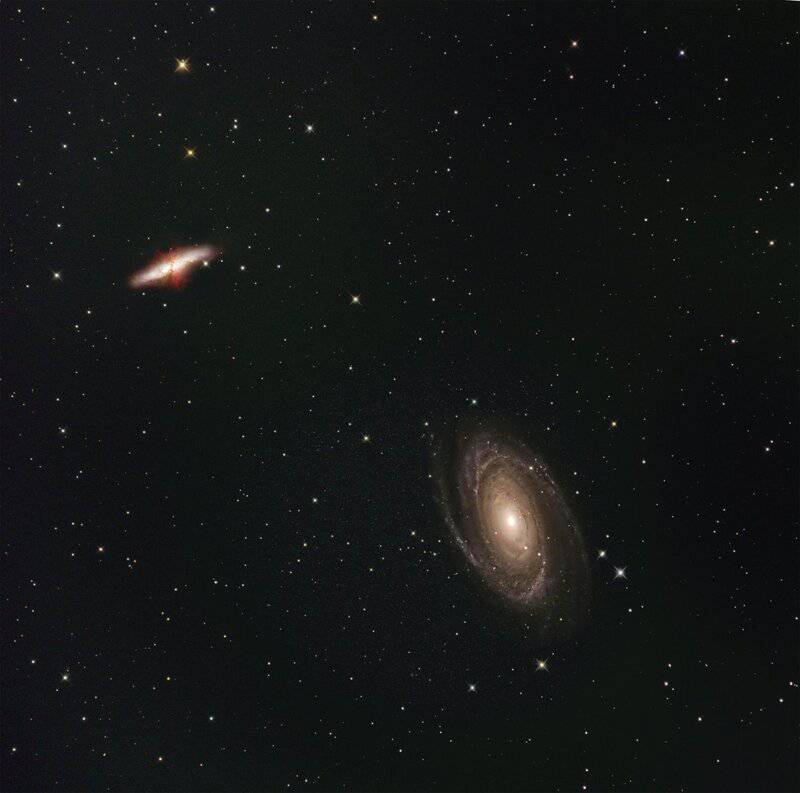
At a distance of just 137 light-years, TOI-715 b is relatively close in cosmic terms (Source).
This proximity makes it a prime target for follow-up observations with powerful telescopes.
Unlike many distant exoplanets, TOI-715 b’s nearness increases the likelihood that scientists can study its atmosphere and surface in greater detail, deepening our understanding of potentially habitable worlds.
10. The Role of TESS in Exoplanet Discovery
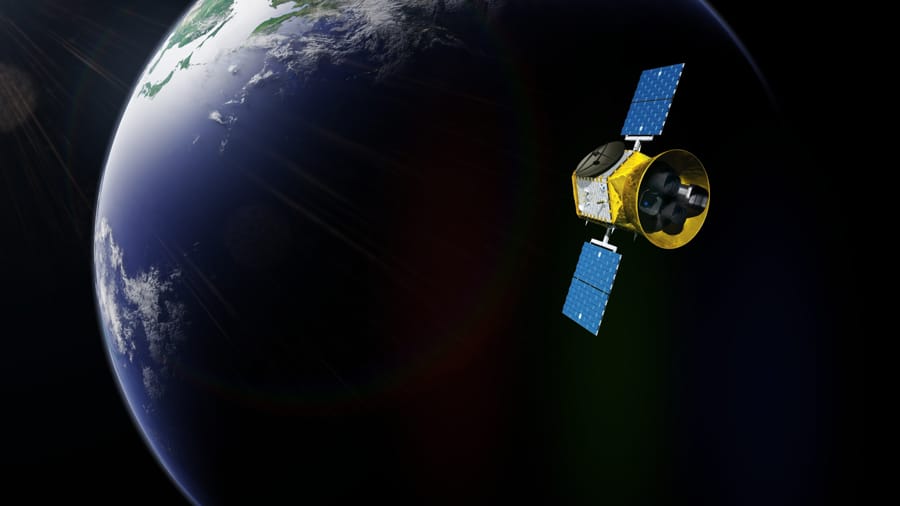
The Transiting Exoplanet Survey Satellite (TESS) has transformed our view of the galaxy by uncovering thousands of new worlds, including TOI-715 b (Source).
TESS identifies exoplanets by detecting tiny, regular dips in a star’s brightness—evidence of a planet passing in front of its host star.
This transit method has proven especially effective, allowing scientists to pinpoint planets ripe for further exploration.
11. TOI-715 b’s Sibling Planet
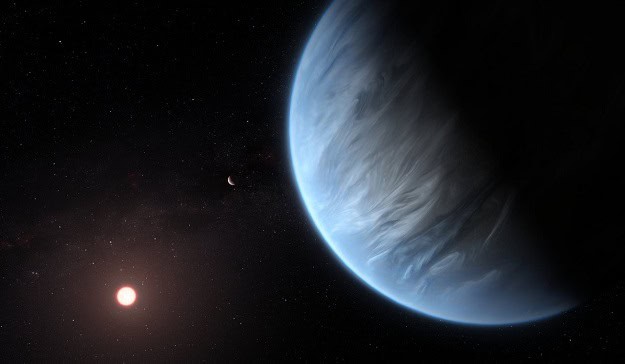
Intriguingly, astronomers have also detected a second, Earth-sized planet within the TOI-715 system (Source).
Finding multiple planets around the same star offers valuable insight into how planetary systems form and evolve.
Studying such multi-planet systems can reveal the dynamic interactions that shape orbits, climates, and the overall potential for habitability across neighboring worlds.
12. Host Star Stability
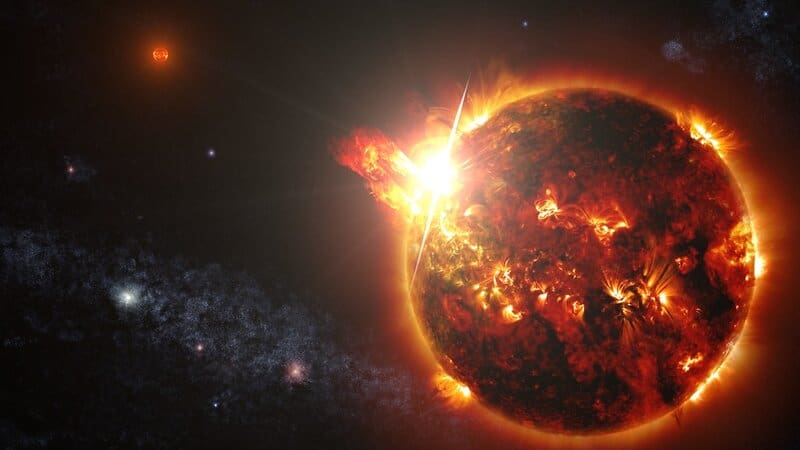
Red dwarf stars like TOI-715 are often known for their intense stellar activity, including frequent solar flares that can threaten planetary atmospheres (Source).
The stability of the host star plays a crucial role in determining a planet’s habitability.
If TOI-715 is relatively calm, its planets stand a better chance of maintaining thick atmospheres and supporting stable conditions for life to potentially emerge.
13. Comparing TOI-715 b to Other Super-Earths
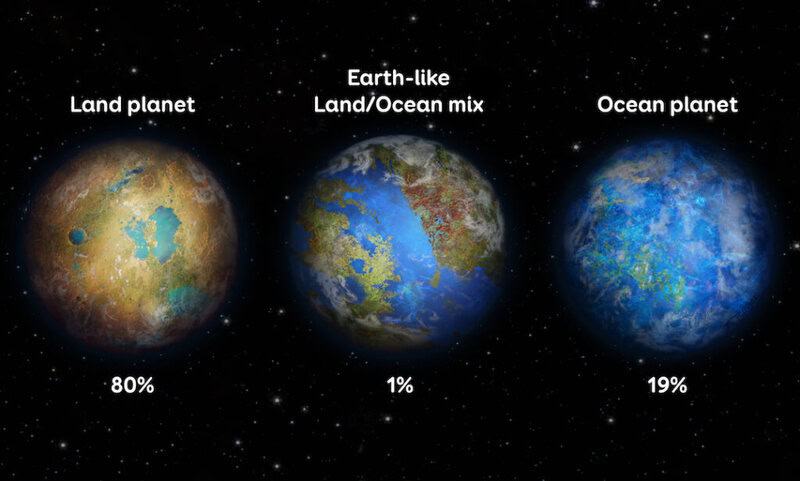
TOI-715 b joins a select group of intriguing super-Earths, such as Kepler-22b and Gliese 581d (Source).
While each of these planets is larger than Earth and lies within or near their stars’ habitable zones, TOI-715 b’s relative proximity and well-defined orbit make it especially compelling.
Comparative studies can reveal which of these worlds might actually foster life-friendly environments.
14. Next Steps: JWST and Future Observations

The James Webb Space Telescope (JWST) is poised to revolutionize our understanding of planets like TOI-715 b (Source).
JWST’s powerful instruments can analyze starlight filtering through the planet’s atmosphere, searching for biosignatures such as oxygen, methane, or water vapor.
Future missions and telescopes will further refine our observations, potentially uncovering whether TOI-715 b’s environment is indeed suitable for life—or if it holds even more surprises.
15. Signs of Life: What Scientists Will Look For
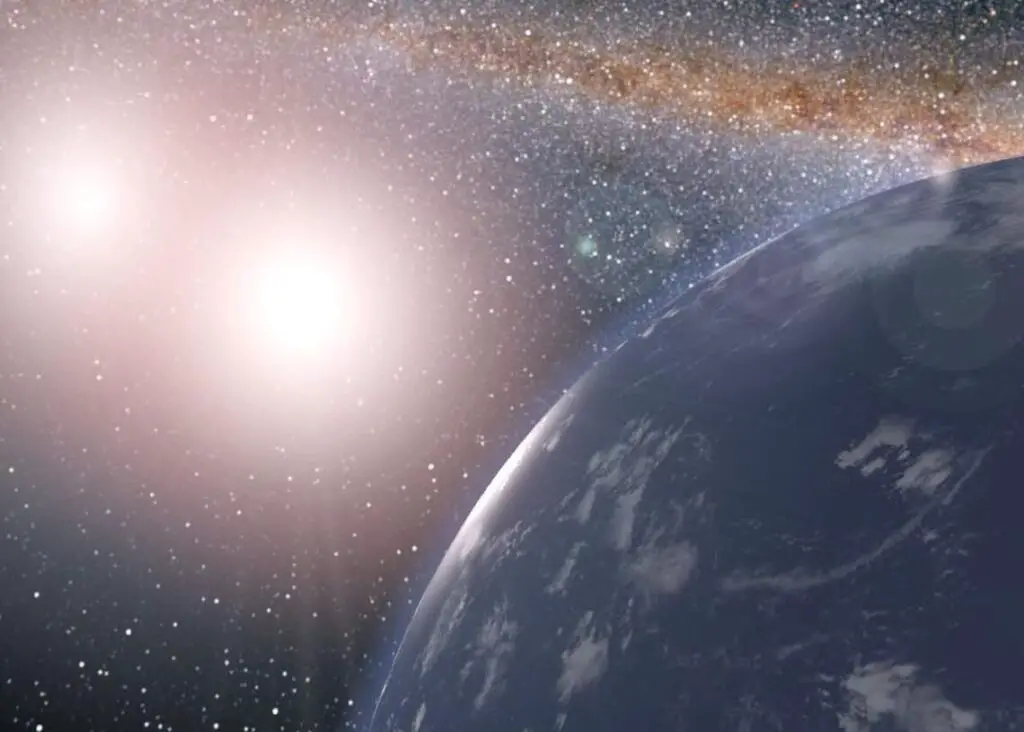
When studying TOI-715 b, scientists will search for biosignatures—molecules like oxygen, methane, and water vapor that may indicate biological processes (Source).
The presence of these gases, especially in certain combinations, could suggest the activity of life forms.
Detecting such markers would be a groundbreaking step in the search for extraterrestrial life and help answer some of humanity’s oldest questions.
16. The Challenge of Tidal Locking
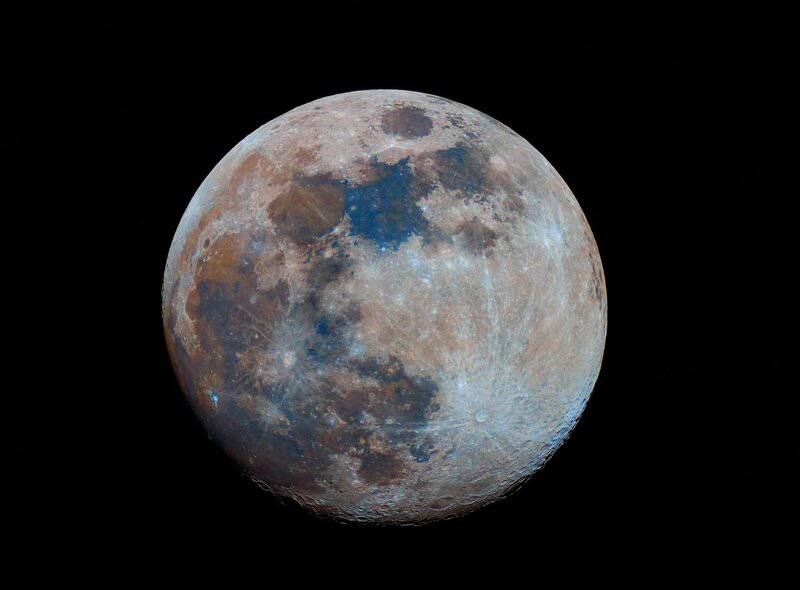
A frequent feature of planets close to red dwarfs like TOI-715 is tidal locking, where one side always faces the star while the other remains in darkness (Source).
This could create extreme temperature contrasts, challenging the development of stable climates.
However, with a thick atmosphere or ocean circulation, heat might be distributed more evenly, potentially making habitability possible despite this unique phenomenon.
17. Surface Conditions and Temperature
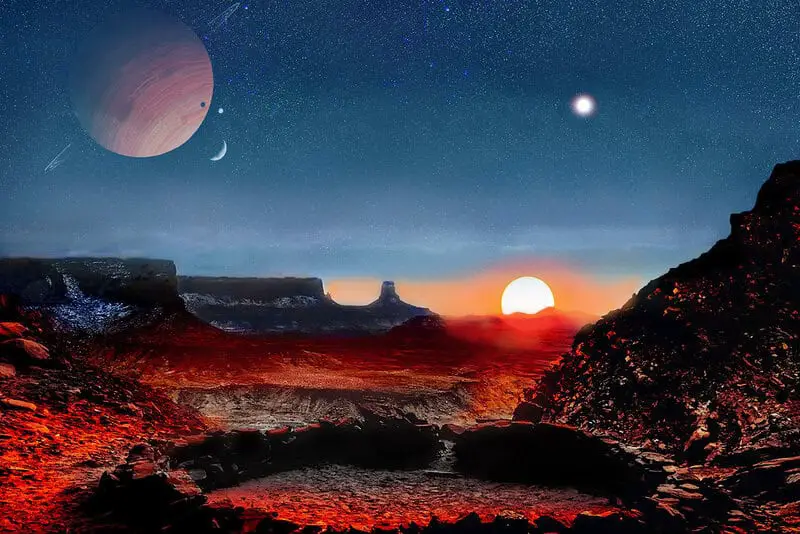
Surface conditions on TOI-715 b remain a mystery, but its position in the habitable zone hints at possible temperate climates, depending on its atmosphere (Source).
If greenhouse gases like carbon dioxide or water vapor are present, they could help trap heat and stabilize temperatures.
Such an effect would be vital, especially on a tidally locked planet, for creating regions where liquid water and life might thrive.
18. The Importance of Magnetic Fields
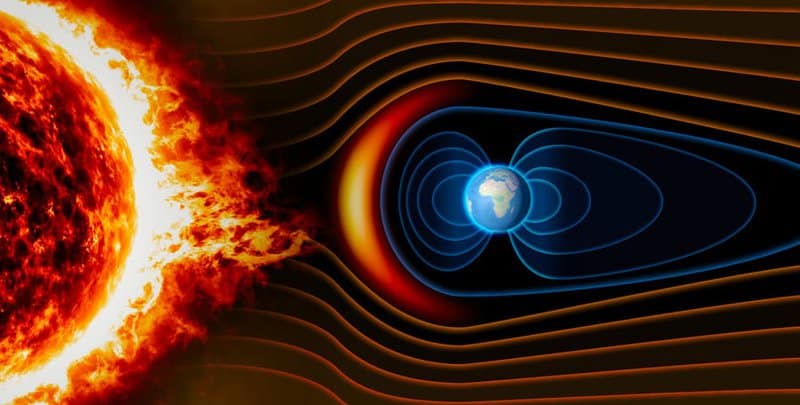
A strong magnetic field could be crucial for TOI-715 b’s habitability, acting as a shield against harmful stellar radiation, much like Earth’s magnetosphere (Source).
Without this protection, a planet’s atmosphere can be stripped away by energetic particles from its star.
If TOI-715 b possesses a robust magnetic field, it would greatly improve the chances for any potential life to survive and flourish.
19. The Role of Plate Tectonics
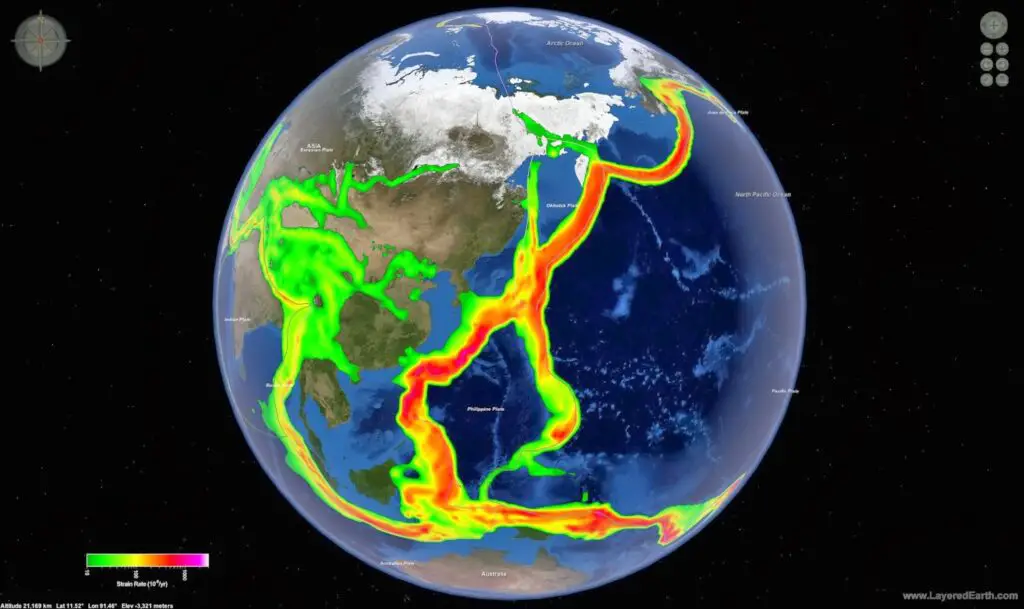
Plate tectonics play a vital role in maintaining a planet’s habitability by regulating the atmosphere and supporting nutrient recycling (Source).
On Earth, tectonic activity helps remove carbon dioxide from the atmosphere and cycles essential elements through the crust.
If TOI-715 b possesses similar geological processes, it could create a more stable, life-supporting environment, increasing the chances for complex ecosystems to develop over time.
20. Simulating Alien Climates
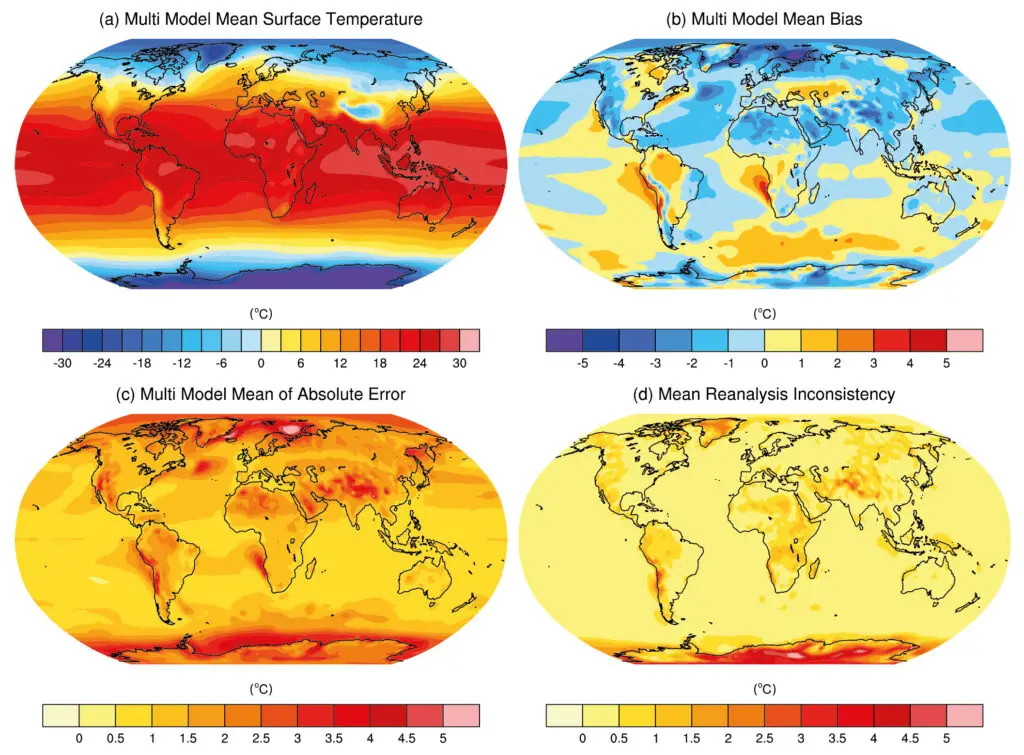
To predict the potential for life on TOI-715 b, scientists use computer climate models that simulate atmospheric composition, temperature, and energy flow (Source).
These simulations help researchers explore a range of scenarios—from arid deserts to ocean worlds—under various conditions.
By modeling these alien climates, scientists can pinpoint which environmental factors are most favorable for habitability and guide future observations.
21. Exoplanet Habitability Criteria
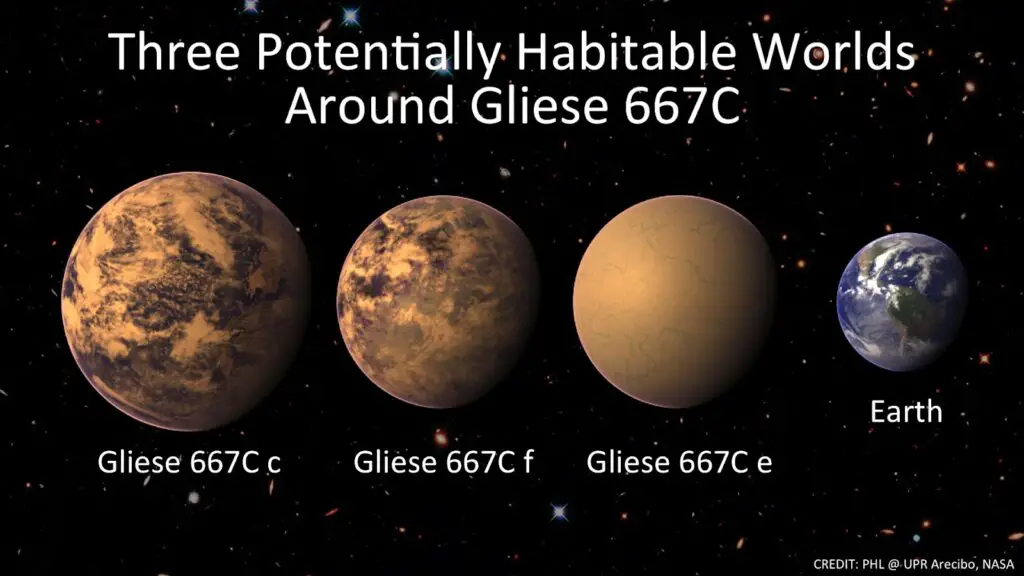
Scientists evaluate exoplanet habitability using several key criteria (Source):
Presence of liquid waterRight temperature rangeStable atmosphereProtective magnetic fieldGeological activity
22. The Search for Exomoons
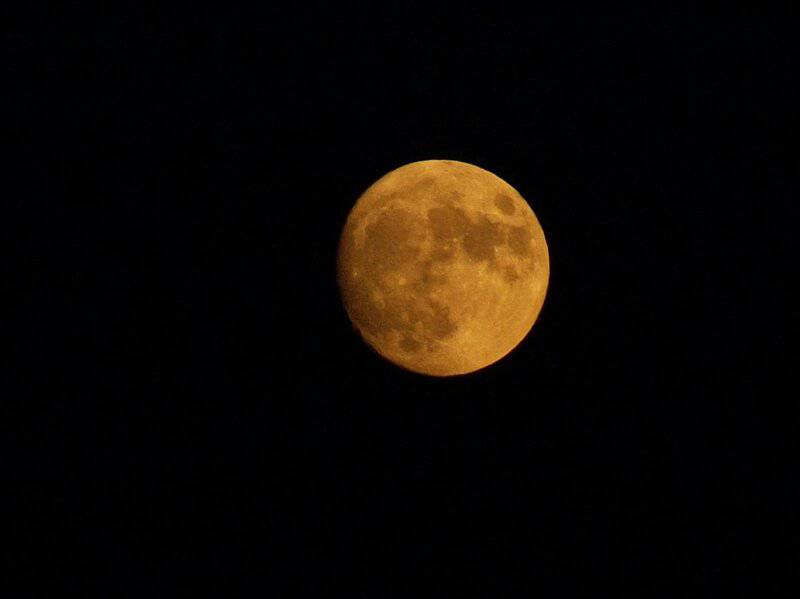
Scientists are also intrigued by the prospect of exomoons orbiting planets like TOI-715 b (Source).
Such moons, if present, could possess their own atmospheres and even support life.
The discovery of an exomoon in this system would add another fascinating dimension to the study of habitability and the search for alien ecosystems.
23. The Broader Hunt for Life Beyond Earth
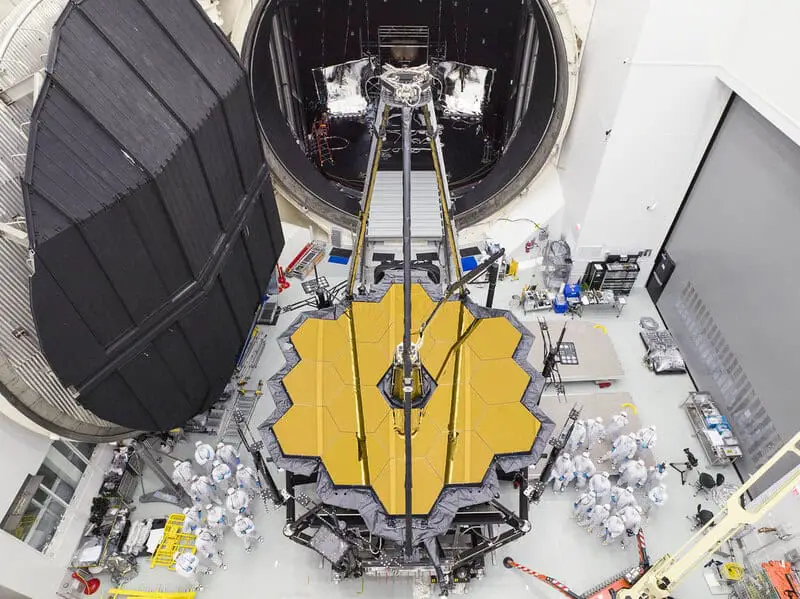
The discovery of TOI-715 b is part of an expanding effort to find habitable exoplanets across the galaxy (Source).
Ongoing missions like TESS and future telescopes continue to inspire scientists and the public alike.
Each new world found in a star’s habitable zone adds to our knowledge and fuels excitement about the possibility of discovering life beyond our solar system.
24. What Could Life Look Like on TOI-715 b?

If life exists on TOI-715 b, it might resemble some of Earth’s extremophiles—organisms that thrive in harsh environments (Source).
On a super-Earth, life could adapt to high gravity, varied climates, or even persistent twilight from tidal locking.
From tough microbes to complex, resilient creatures, the possibilities stretch our imaginations and challenge our definitions of habitability.
25. The Excitement and Caution in Exoplanet Science
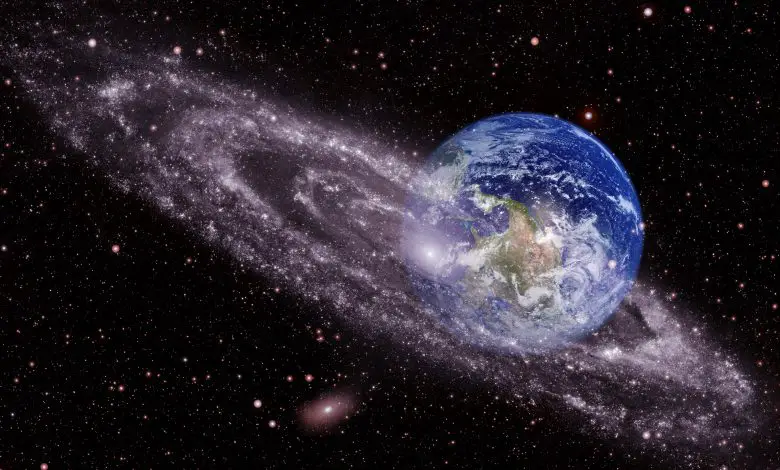
The discovery of planets like TOI-715 b sparks enormous excitement, but scientists urge caution as well (Source).
While the potential for habitability is thrilling, direct evidence of life requires careful, methodical study.
Each observation must be scrutinized to rule out false positives and ensure robust conclusions.
This balance between wonder and rigor is what drives exoplanet science forward.
Conclusion
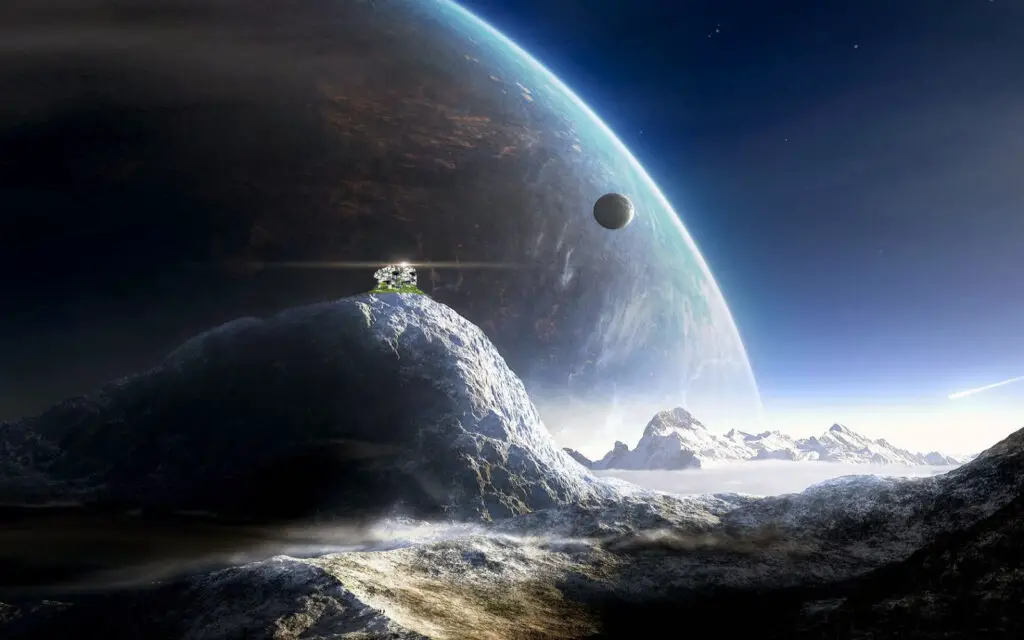
The discovery of TOI-715 b stands as a milestone in our search for life beyond Earth.
Its intriguing placement in the habitable zone, promising size, and relative proximity make it a compelling target for future exploration.
As powerful telescopes and missions continue to advance, TOI-715 b fuels our hopes and curiosity about our place in the cosmos.
The journey to understand these distant worlds is just beginning—and each new discovery brings us closer to answering humanity’s most profound question: Are we alone?



Vielleicht interessiert es Sie:
Wussten Sie! Minensuchratten auf dem Schlachtfeld und sie sind super effektiv!
Wie viele Giraffenarten gibt es? Leben sie alle in Afrika?
Der Vogel ist das Weibchen der Vögel: wahr oder falsch?
Warum bauen Biber Dämme? Welchen Nutzen?
Warum leben manche Tiere nachtaktiv? Welche Vorteile?
Küssen Tiere? Ist das die gleiche Bedeutung wie Menschen?
200+ Hilarious Seahorse Jokes That Will Make You Smile and Giggle
200+ Funny Investment Jokes to Boost Your Financial Humor Game